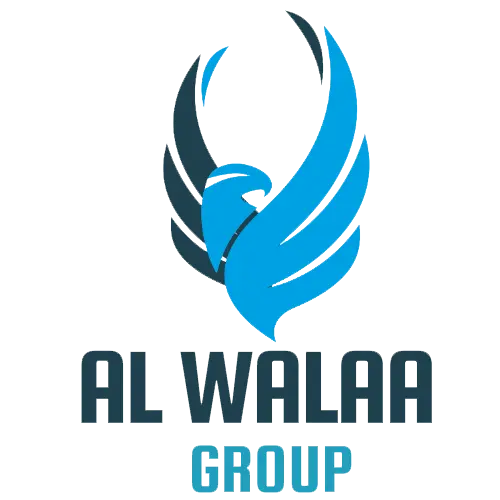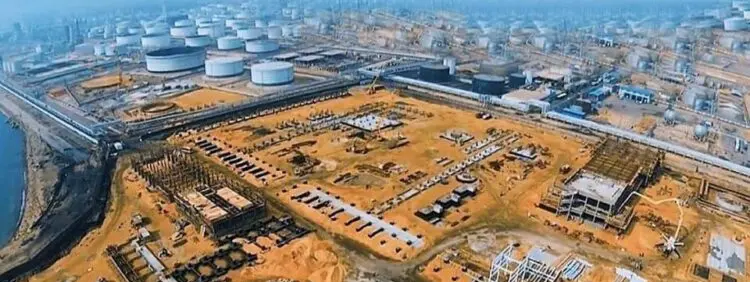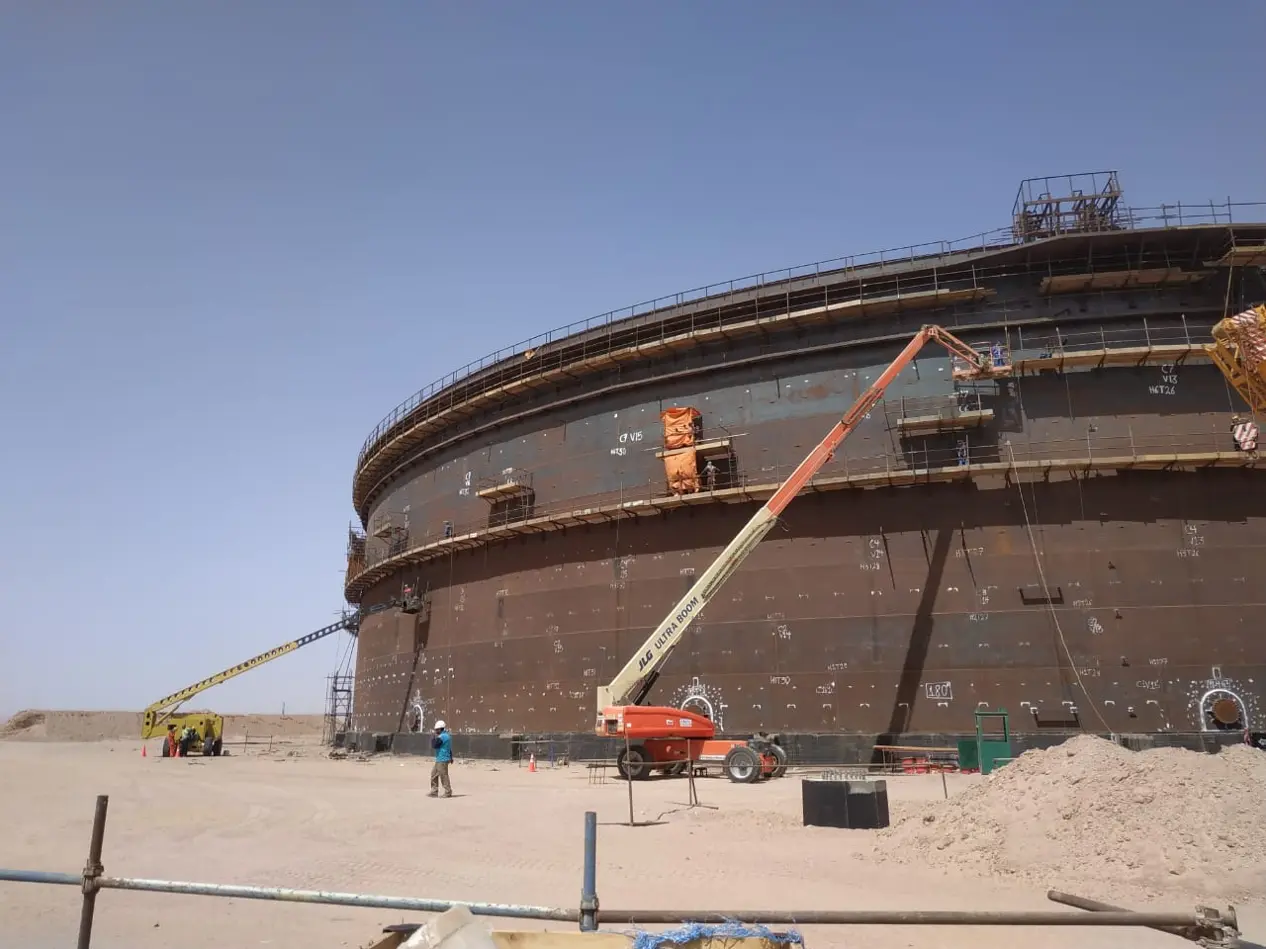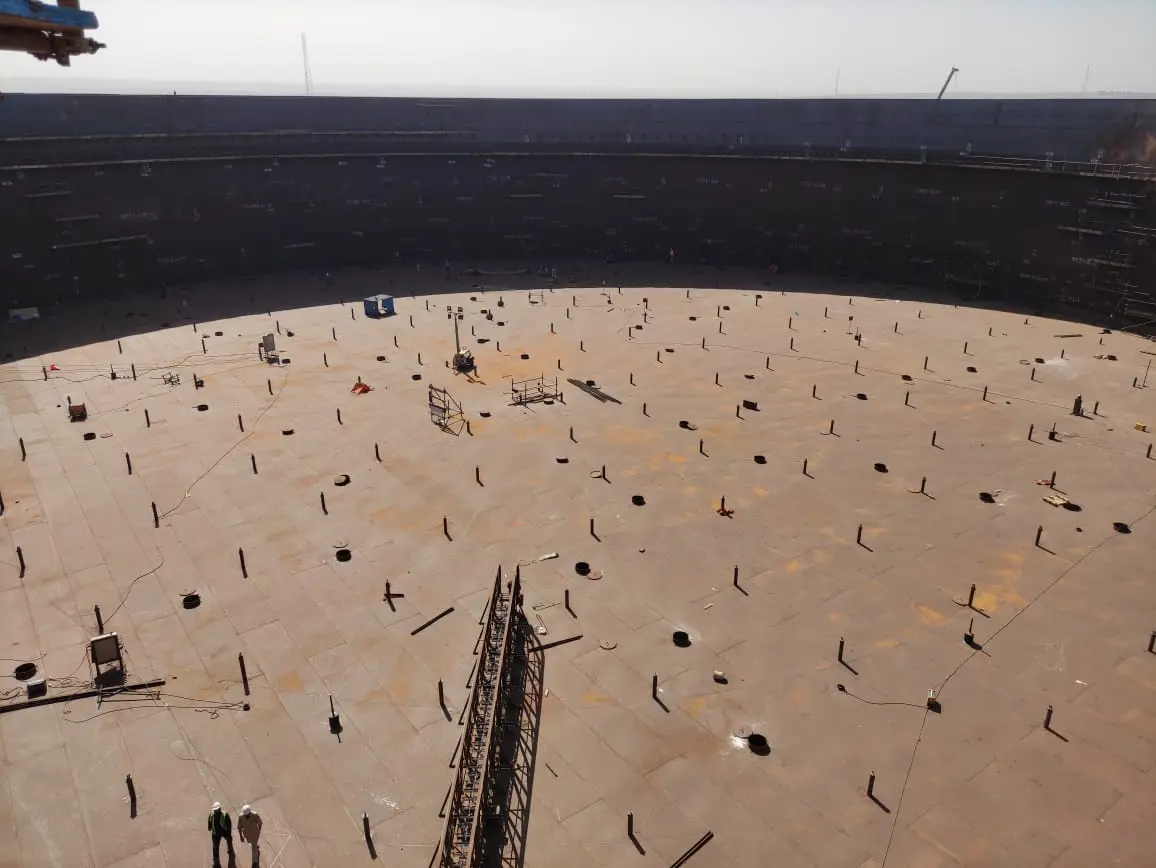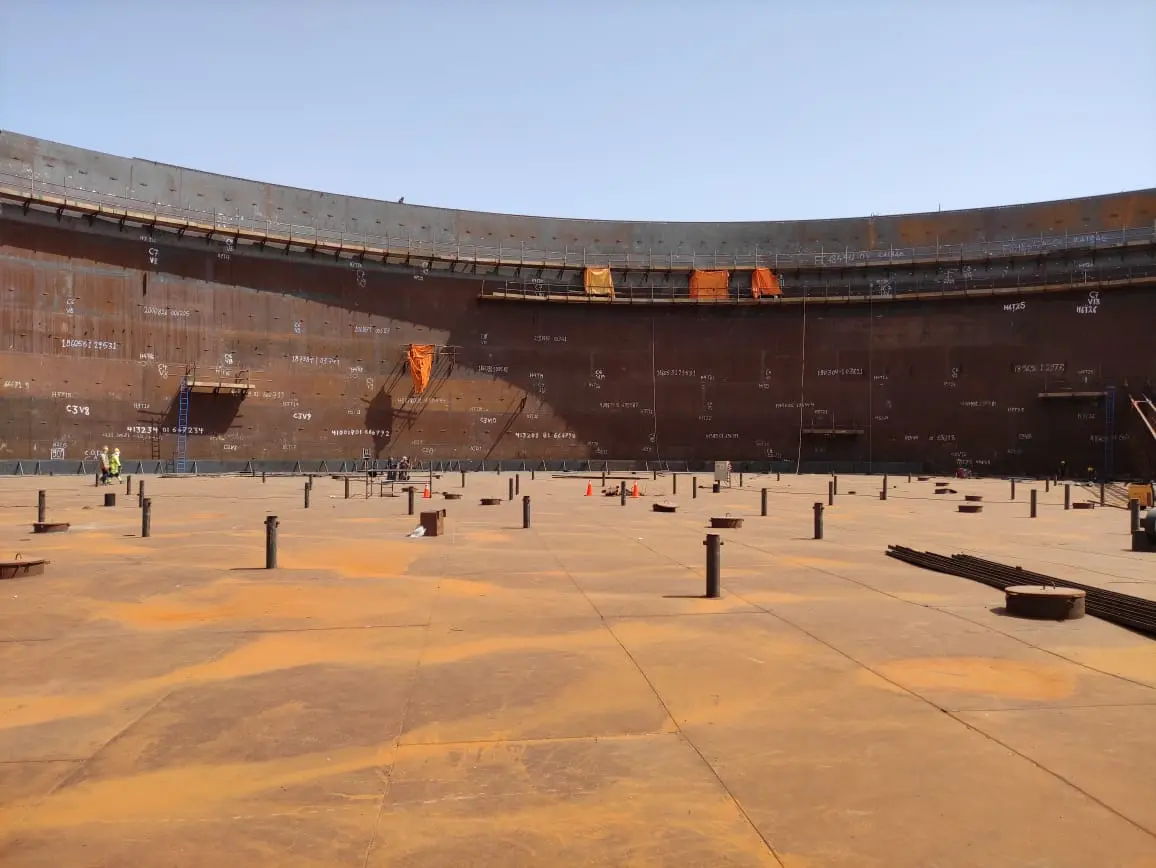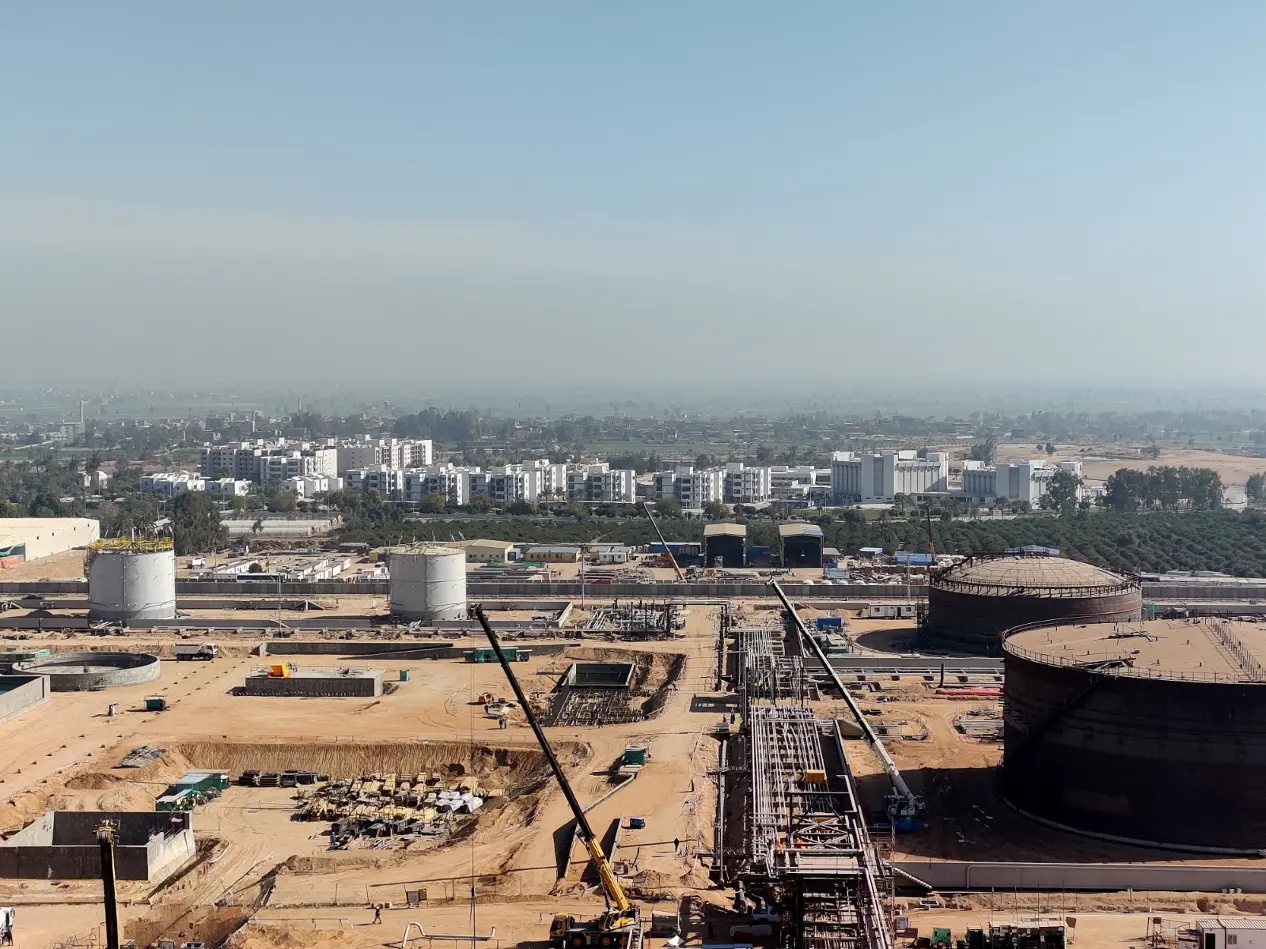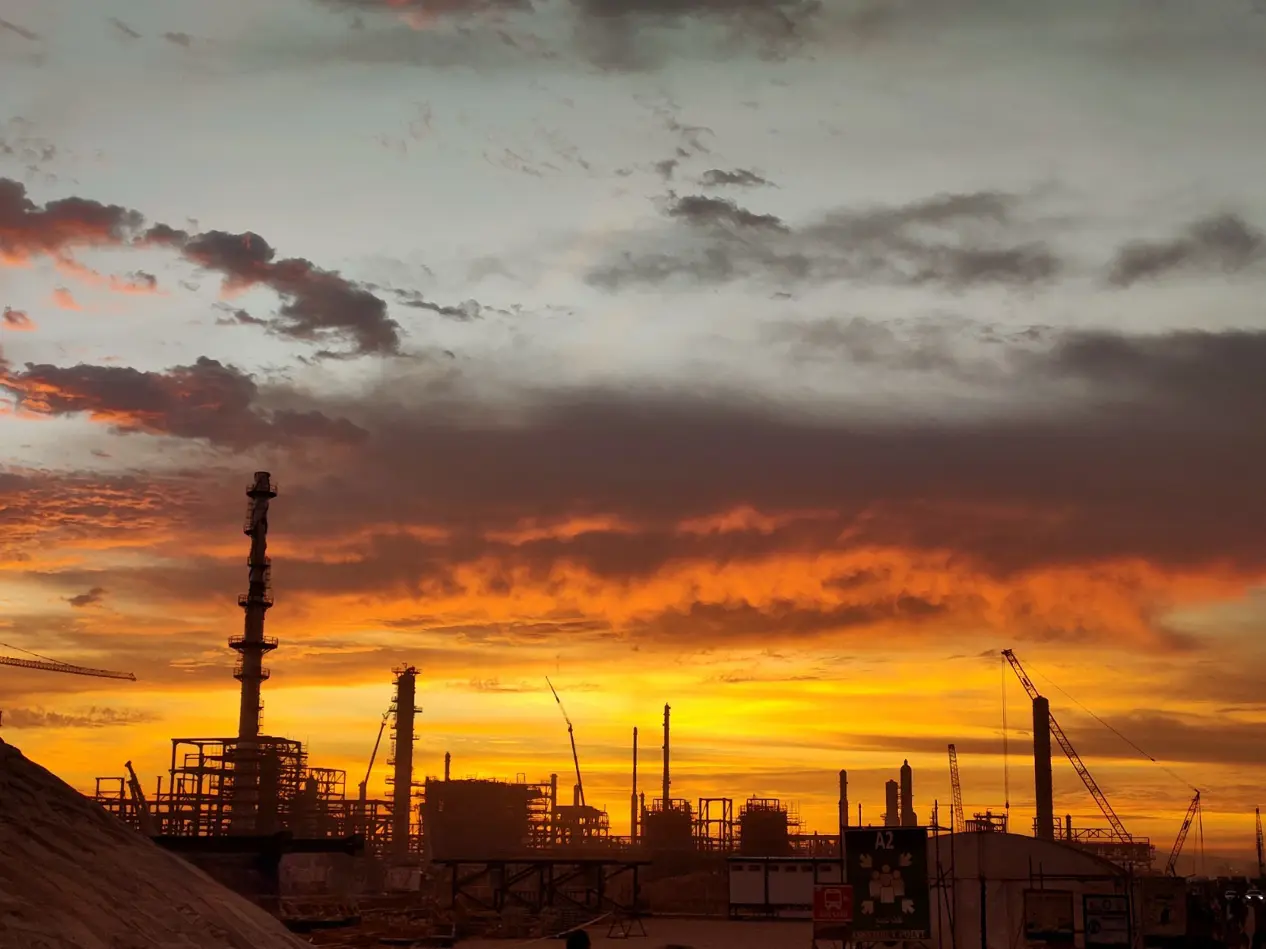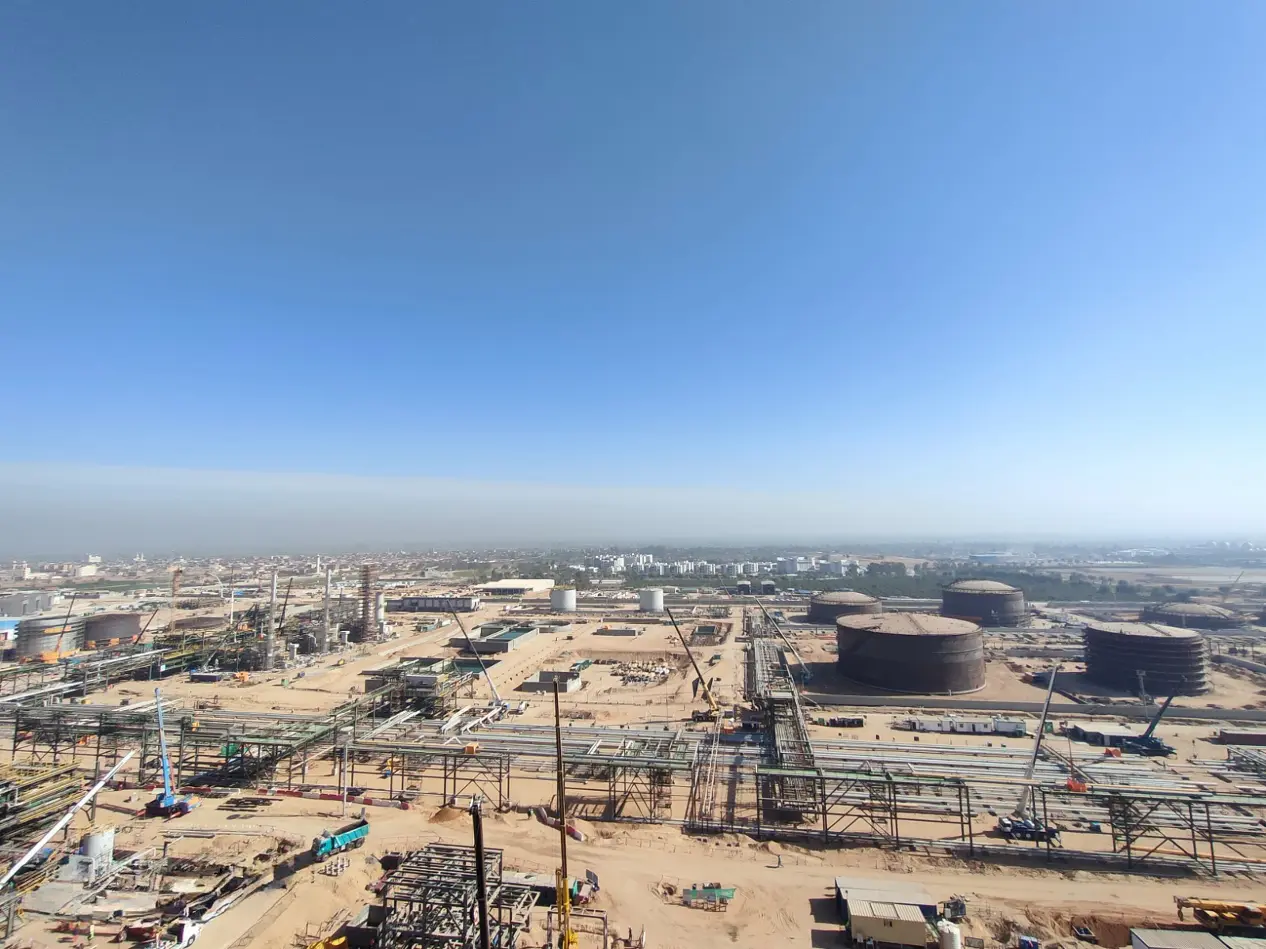Al Walaa Group projects
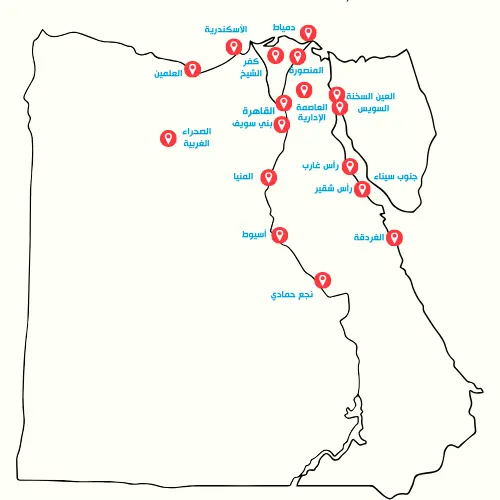
Project Managment
At Al Walaa Group, we place significant importance on continuous supervision and effective project management. We ensure the presence of a dedicated managerial team that oversees projects from initiation to completion.
Moreover, we assign staff members to monitor and supervise project progress, ensuring the attainment of predetermined objectives. Regular assessments and meetings are conducted to track project advancement and identify any improvements or adjustments required due to evolving circumstances.
In essence, continuous supervision and effective management are integral aspects of our operations at Al Walaa Group, as we strive to ensure the execution of our projects with the utmost quality and within the specified timeframe.
"Hayat Kareema" Project in Assiut:
We took part in overseeing the execution of ground networks for the "Hayat Kareema" Project in Assiut with meticulous implementation. Leveraging our extensive and exceptional expertise, we possess the capability to undertake projects spanning all governorates in Egypt.
Crude Oil Warehouses:
Al wlaa Group played a pivotal role in supplying qualified engineers and a trained technical workforce for the comprehensive design, supply, and execution of a total of 29 crude oil warehouses with a combined capacity of 175,000 m3 per warehouse and a diameter of 110 meters each. These warehouses are distributed across various locations: Ras Badran (12 warehouses), Ajroud (6 warehouses), Shukeir (5 warehouses), and Ras Gharib (6 warehouses).
Onshore Development Station for Zohr Gas Field:
Furthermore, our participation in supplying skilled engineers and a trained technical workforce facilitated the establishment of the Zohr Gas Field Onshore Development Station, both in its initial and subsequent phases. With a production capacity of 2.7 billion cubic feet/day, this station is located 190 km away from the Zohr Gas Field in the Mediterranean Sea, which holds reserves of up to 30 trillion cubic feet. Our scope of work encompasses Petrojet's involvement in all construction aspects of onshore facilities, as well as the fabrication and loading of an offshore platform weighing a total of 5600 tons and the supply, fabrication, and loading of deep facilities with a total weight of 2500 tons.
Nitrogen Fertilizer Production Complex Project:
Al walaa Group engaged by providing skilled engineers and a trained technical workforce for the execution of the Nitrogen Fertilizer Production Complex project. This initiative involved a collaboration between Petrojet and ThyssenKrupp in the Ain Sokhna region. The complex comprises six factories with an annual production capacity of 1.7 million tons. Our responsibilities encompassed the design, supply, and fabrication of 65 project equipment, totaling 1617 tons.

Construction of Sonker Depots:
Al wlaa Group participated by deploying skilled engineers and trained technical workforce for the design, supply, and execution of civil, mechanical, and electrical works for three GAS OIL depots - two with a capacity of 40,000 m³ each and one with a capacity of 20,000 m³. Additionally, three LPG depots with a total capacity of 50,000 m³ were executed, involving structural and piping works, as well as pipeline installation.
Assiut Anupco Refining Complex Project:
In the context of the Assiut Anupco Refining Complex Project, Loyalty Group contributed by providing competent engineers and a trained technical workforce. This endeavor focused on the production of diesel, gasoline, and LPG through hydrocracking, overseen by Assiut National Oil Processing Company (ANOPC). The project significantly contributes to the development of Upper Egypt, meeting its petroleum product requirements and fuel supplies, aligned with the state's developmental efforts in the region.
Cracking and Diesel Production Complex:
Al walaa Group engaged by providing engineers and a trained technical workforce for the construction of a cracking and diesel production complex, employing cutting-edge scientific methodologies in the field of delayed coking units. All systems were meticulously applied to maximize value by optimally utilizing low-value low-sulfur diesel quantities, transforming them into high-value products. This initiative aimed to meet local market demand for petroleum distillates, particularly diesel, and LPG, while reducing the burden of imports on the national economy.

